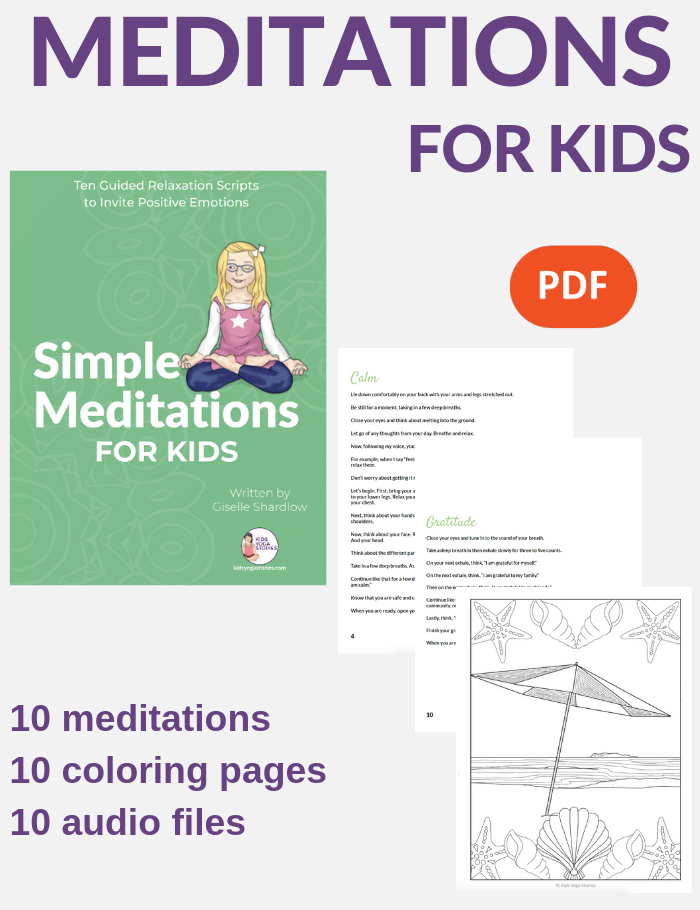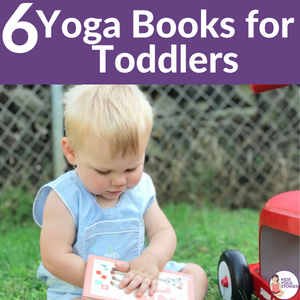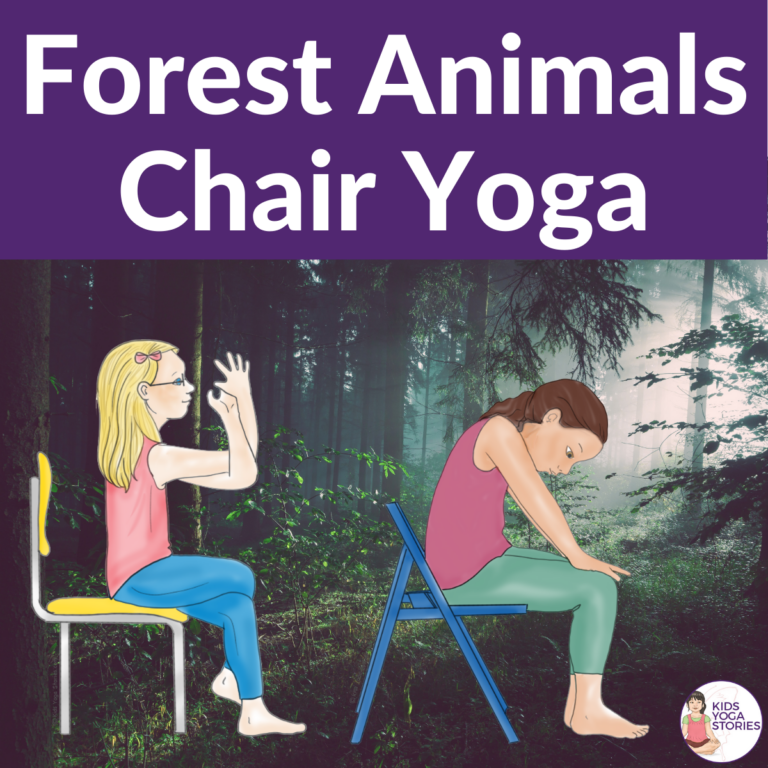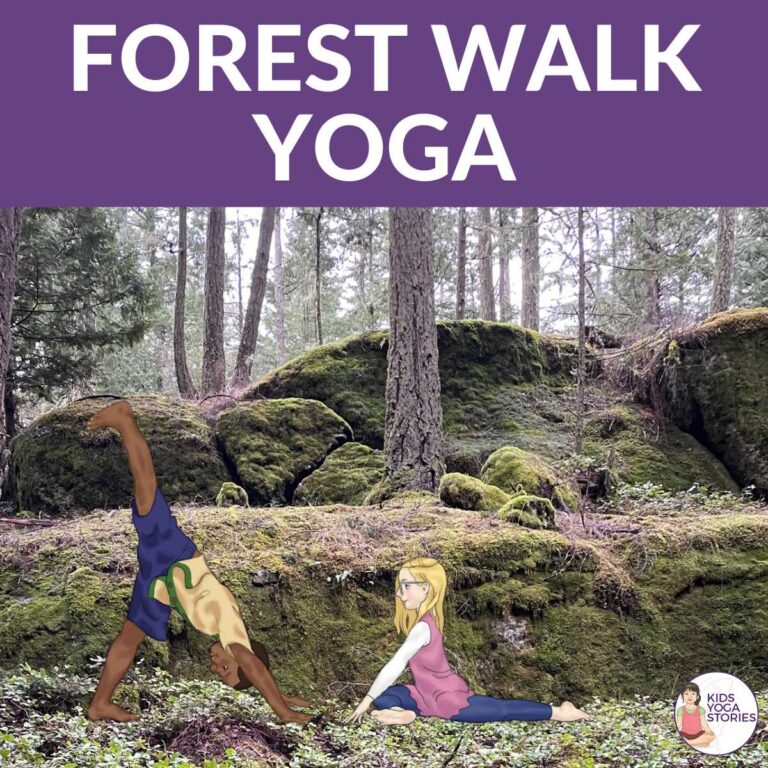How to Teach Mindfulness and Yoga to Children with Hearing Loss
Yoga benefits all people, truly. Today, Megan shares how to specifically teach mindfulness and yoga to children with hearing loss. A special thanks to Megan for the photos in this post. This article is part of our series on yoga therapy for children.
Working with children who have hearing loss has been a learning curve, for both me and my students. I teach yoga and mindfulness at a special school where all of the students have hearing loss. All of my students have hearing aids or implants. However, hearing aids and implants do not restore hearing, make sounds clearer, or fix the parts of the ear affected by hearing loss. Instead, they serve as a way to amplify sound. Thus, while hearing aids and implants help those with hearing loss adapt to their environments, there are still things we can do to help. Particularly in a yoga class!
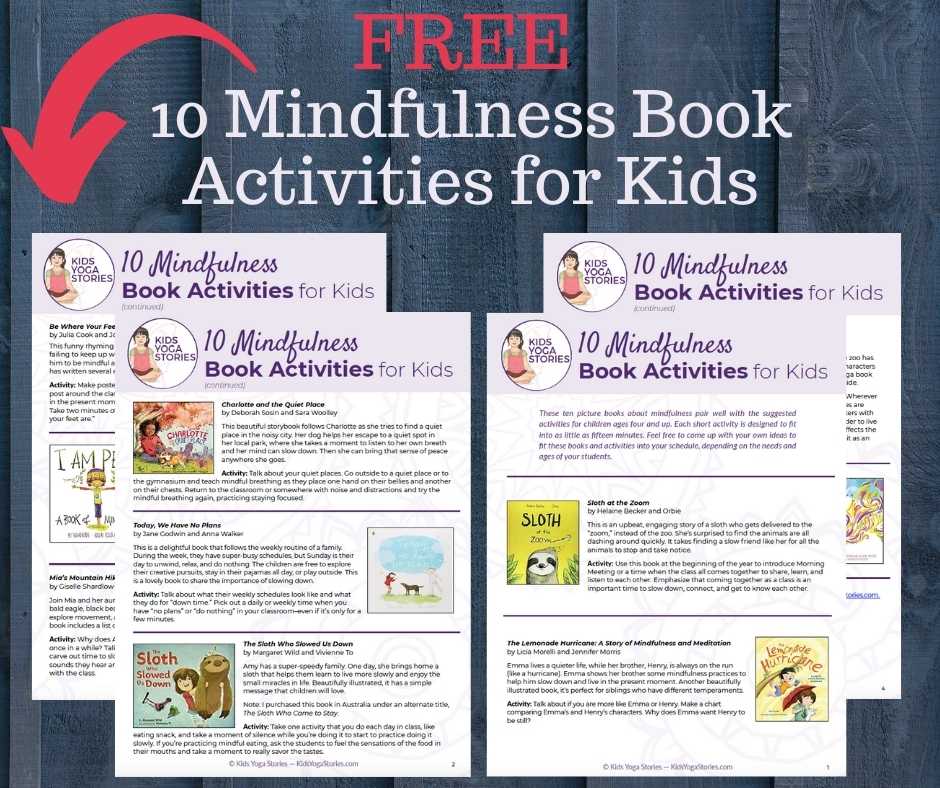
1. Speaking
- Speak slowly and clearly, but normally. Don’t yell or mumble. Speak in a way that you would speak to someone who does not have hearing loss.
- If you need to repeat yourself in class, repeat EXACTLY what you previously said. Chances are, the children caught some of what you said and only need you to repeat yourself to fill in a few of the gaps. If you change the wording or structure of your previous statement, the children have to “start over” in hearing and understanding you.
2. Make Sure Everyone Can See You
Children tend to cluster together or around you, especially when they are being active. But crowding can make it so that other children cannot see you, and this can be dangerous for practicing yoga poses. Making sure everyone can see you also makes it easier for the children with hearing loss to lip-read, as well as helps them to hear you better, since the sound waves of your voice are facing them directly. Also, having a good light makes it easier for the children to lip-read, so try to place yourself where there are no shadows crossing your face.
It is important to note that not all children with hearing loss can lip-read. Lip-reading is a skill that is learned over time, and it is dependent on many factors. Further, even if a child does know how to lip-read, during activities such as a yoga class in which you are always moving and not always facing your children, lip-reading becomes impossible.
3. Music
Using music in a yoga class for children with hearing loss must be done correctly because it can interfere with hearing aids and implants. I always have the music playing in the room before my children arrive to class. If the music is playing when the children come into your class, it will become white noise as they settle into the environment. But if you turn on the music after the children have settled into the environment, it will be distracting and take away from the practice—unless you are playing a game where turning the music on during class is part of the game (i.e. Yoga Statues).
Another way to incorporate music is to teach the yoga sequence first, make sure the children know it (they don’t need to know it perfectly, just enough so that they don’t need to hear you), and then incorporate music along with the postures. This way, the children are only focusing on one thing at a time before you combine them.
4. Visual Cues & Gestures
Using visual cues and gestures is a very simple way to help children with hearing loss understand what you are saying by putting things into context. This gets more complicated when practicing yoga, but explaining the pose with gestures before moving into it or showing children yourself will help them understand what to do.
5. Sensory Deprivation
While some types of sensory deprivation can be beneficial, an overload of sensory deprivation can lead to increased anxiety—one of the very things yoga seeks to reduce.
- Assure the children that they are safe: This can be done by using a guided imagery that includes words such as “safe,” “comfortable,” and “relaxed.” This can also be done by asking children to bring a teddy or blanket to yoga class to help them feel more comfortable.
- Use guided imagery: The sound of your voice will let the children know that you are there with them, that someone is “awake” and watching over them.
- Never make your children close their eyes: Because children with hearing loss have trouble hearing sounds in their environments, they have to visually check their surroundings. Encourage your children to try closing their eyes, ensuring them that you will be there the entire time. But if your children are more comfortable keeping their eyes open, let them.
6. Listening Fatigue
Listening fatigue is the exhaustion experienced by those with hearing loss due to the extra energy hearing and listening uses. To help with listening fatigue:
- Limit your instructions: Keep things simple, explain a lot in as little words as possible. Once children become accustomed to the yoga, it will be easier to say less because children will be familiar with the practices.
- Shake out the sillies: Shaking out the sillies will help children redirect their energy and focus on what you are doing as a class.
- Have longer Savasana: For children with hearing loss, Savasana can be particularly helpful in reducing “brain noise” and promoting relaxation and restoration of the mind and body.
7. Give Options!
- Savasana: I always tell my children that they can lie on their backs, bellies, or side for Savasana. For children with hearing loss, lying in certain positions may make it easier for them to visually check their surroundings if they become anxious or uncomfortable.
- Removing hearing aids or implants during Savasana: Sometimes children will remove these on their own but usually, they will not. Remind children that they can remove their hearing aids and implants IF THEY WISH. I also encourage children to try removing their aids and implants just to see how they feel about it, allowing them to explore their options while also giving them autonomy over decision-making. But make sure to ask permission from teachers or parents before telling the children they can remove their implants or aids. Sometimes this is discouraged, and you won’t want to step on anyone’s toes!
Hearing loss is very prevalent in our society. As technology grows and more avenues to help with hearing loss are discovered, we see more and more children (and adults) with hearing aids and implants. As a result, conversations about hearing loss are everywhere.
One way to talk about hearing loss or introduce hearing loss to children with natural hearing is through stories, including Giselle’s book Anna and her Rainbow-Colored Yoga Mats and El Deafo by Cece Bell.
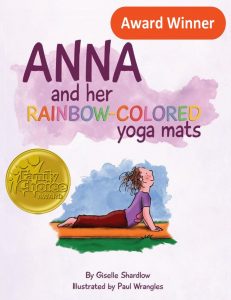 by Giselle Shardlow |  by Cece Bell (Amazon affilate link) |
PIN IT FOR LATER
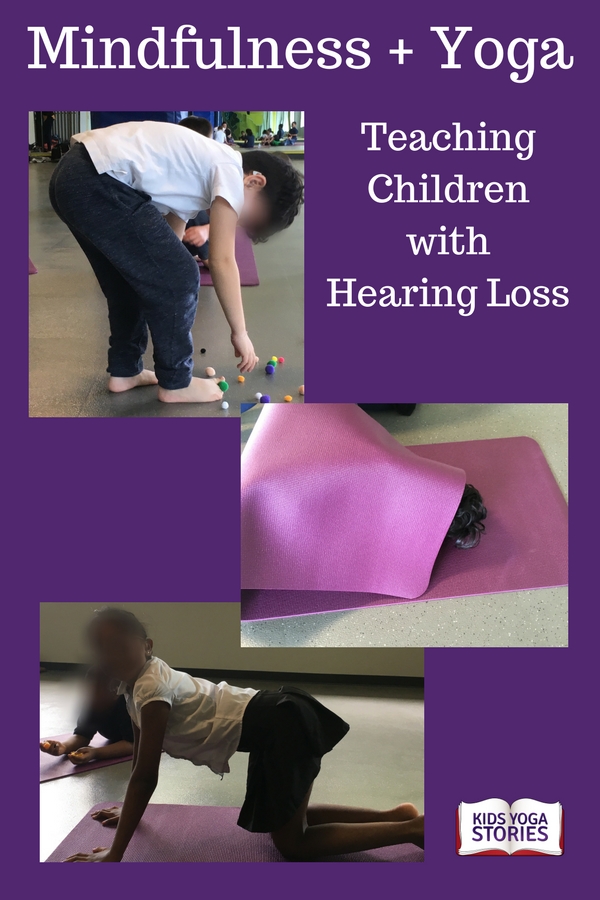
How to Teach Mindfulness and Yoga to Children with Hearing Loss
About the Author

Megan Johnson holds a BA from Mount Allison University, a MEd from McGill University, and she is a certified yoga and mindfulness instructor for both children and adults. Megan is also the founder of Learning Lotuses, a blog and website aimed at bringing social-emotional learning to the education system through yoga and mindfulness practices. Currently, Megan teaches yoga and mindfulness at the Montreal Oral School for the Deaf, a school where children with hearing loss receive auditory-verbal education to help them develop the necessary language and literacy skills to attend mainstream school.
Check Out Our Mindfulness Cards for Kids
Explore 25 unique ways to help children slow down!
Help the children in your life slow down by practicing these simple and effective mindfulness exercises. This mindfulness deck is divided into four categories that you can chose from: breath, movement, sensory, and guided imagery.
Download these 60 digital cards to bring simple mindfulness practices to your home, classroom, or studio. Includes an index card, mindfulness activity tips, 25 Mindfulness cards with illustrations, and 25 corresponding description cards.
The kids are multicultural from various countries.
Instantly download, print, and practice.
Age group: Ages 4+. Printing Instructions
Download you Mindfulness Cards for Kids here.
Check Out Our Simple Meditations for Kids
Are you looking for fun and easy meditations to read to your children?
Do you want audio options to play to your children as well? We have you covered!
This meditation pack includes:
- Simple Meditations for Kids. This book includes ten guided meditations and coloring pages for each meditation to provide to your children.
- Ten audio files of each meditation read by the author.
This book is for primary school teachers, kids yoga teachers, parents, caregivers, health practitioners, and recreation staff looking for fun, simple ways to add guided meditations to their curriculum, classes, or home life.
Each meditation takes the listener on a journey to evoke a positive emotion. These simple meditations are designed for children four to eight, but could also be used with younger or older children, even adults.
Download your Simple Meditations for Kids here pack today!
Other Yoga Therapy Links
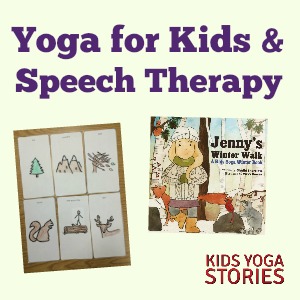 |
 |
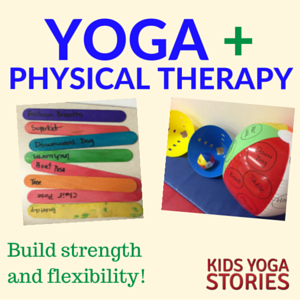 |
 |


